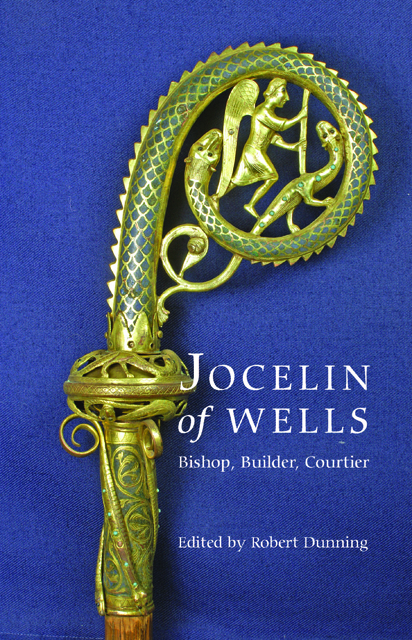Introduction
Published online by Cambridge University Press: 02 March 2023
Summary
As indicated in the Preface, the papers in this volume have their origin in a conference organised under the auspices of the Archaeological Research Committee of the Bishop’s Palace at Wells, held there on 11–12 September 2006. The date was chosen to commemorate Bishop Jocelin of Wells (bishop 1206–42) and to share current knowledge of his enormous contribution to the history of the present cathedral and diocese and of the buildings that he erected which still form the heart of the Bishop’s Palace. Not all the papers included here were actually delivered at the conference. The additional contributions represent work, most of it archaeological, which had been undertaken over several years to understand the origins of what is one of England’s most iconic collection of buildings; and more recently as necessary preliminaries in preparation for developments that will enable the palace to take its proper place among the accessible sites of our national heritage. The more traditional historical and architectural papers were mostly composed for the conference; some of those delivered on those two days have been modified by their authors, while others remain very much as they were heard and thus offer a flavour of a most enjoyable and significant occasion. Together they provide a wide-ranging examination of what Pevsner called ‘without doubt the most memorable of all bishop’s palaces in England’ and of the man who created its earliest surviving fabric and made of it, of the great collegiate church he was completing a few yards to the north and of the city adjoining to the west the heart of his developing diocese.
Jocelin, the local boy who had come to the centre of power in his native place and wielded considerable influence far beyond, achieved by the fifteenth century some kind of immortality. According to a note added to a copy of Higden’s Polychronicon in reference to Jocelin’s exile, the bishop had slain a dragon that lurked in his park near Wells. Four-legged, winged and with a face like a man’s, it was said to have been deadly; but Jocelin, dismissing his followers, attacked it single-handed and cut off its head.
- Type
- Chapter
- Information
- Jocelin of WellsBishop, Builder, Courtier, pp. 1 - 6Publisher: Boydell & BrewerPrint publication year: 2010

